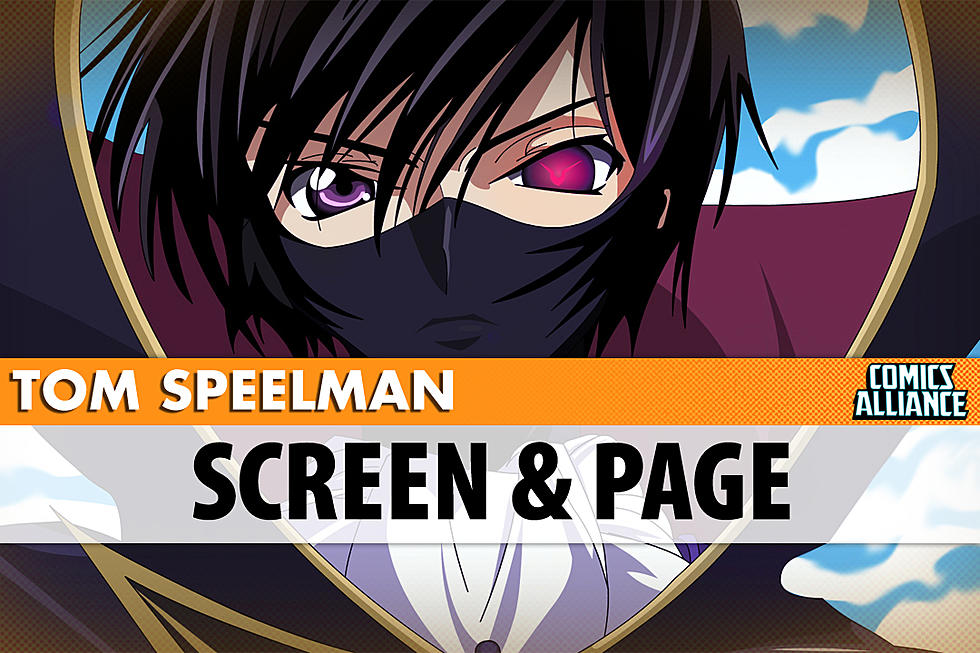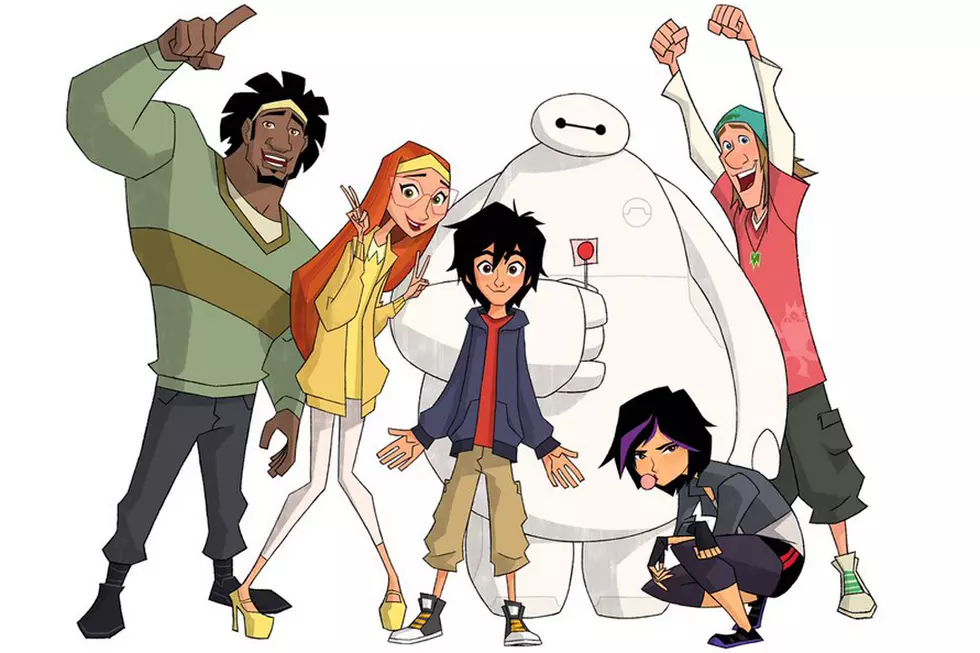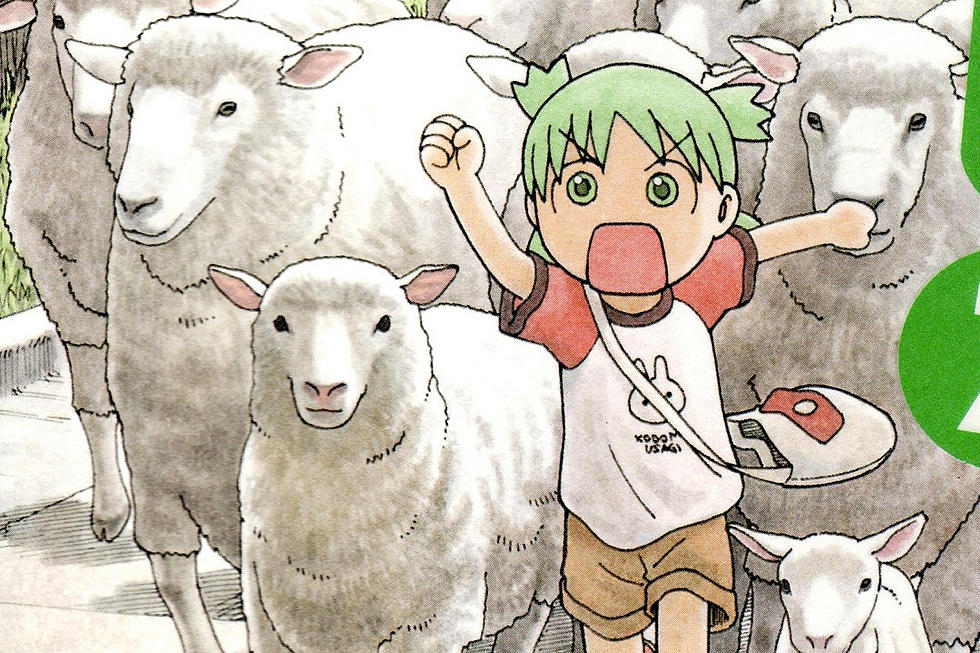
Screen & Page: Save The Day With ‘Big Hero 6′
Screen & Page usually looks at great anime that has made the transition to the manga page, but this week we're making another exception, this time for a North American animation that also made the jump to manga, Big Hero 6.
Big Hero 6 is not an anime, and the presence of Japanese characters or an anime-derived aesthetic certainly doesn't make it an anime. But it is the highest-profile Disney animated film to get a manga adaptation, and the first to get its own promotional manga ahead of release. Plus, the title's journey from page to screen to page again --- a journey that never would have happened without the 1990s anime boom --- is fascinating.
THE FILM
Big Hero 6, directed by Don Hall & Chris Williams, written by Jordan Roberts, Dan Gerson & Robert L. Baird, and animated by Walt Disney Animation Studios, is a Marvel movie. I mean that in two ways. First, this film is based on a Marvel Comics title (more about which below), although it takes the title and main characters and basically throws out everything else. Second, this movie follows the superhero formula set up by the Marvel Cinematic Universe: quick origin, clearly defined characters with easily established personalities and a Big Bad whose plan involves a giant doodad in the sky.
That second point is not a knock at all, but it's worth noting this movie follows the structural footprints of both the Disney animation formula and the MCU, which is Disney's most successful live-action franchise. Even though you know what you're getting, this movie still does a damn fine job of it.
Big Hero 6 takes place in near-future San Fransokyo, a city that looks like, to quote Bob Chipman, "San Francisco if it had invaded and overtaken by Nintendo instead of Google." It's the home of Hiro Hamada (Ryan Potter), a 14-year old boy genius who whizzed through high school and uses his intellectual powers to win illegal robot fights. Older brother Tadashi (Daniel Henney) tries to steer Hiro towards the San Fransokyo Institute of Technology, where he meets Tadashi's genius friends and Baymax (Scott Adsit), a healthcare robot that looks like a giant soft pillow made of eggs.
Following Tadashi's sudden death and the discovery of a mysterious supervillain, Hiro and Baymax recruit Tadashi's friends --- tough, surly GoGo (Jamie Chung), neurotic Wasabi (Damon Wayans Jr.), enthusiastic Honey Lemon (Genesis Rodriguez), and chill bro/school mascot Fred (T.J. Miller) --- to use their brains & STEM skills to save their city.
This movie is Hiro's journey (pun fully intended; I'm sorry). He goes from being just a kid to drowning in the depths of grief and depression, to rising up to become a hero. It's a series of huge emotional beats, and Potter nails it. Likewise, Henney is an oasis of calm and understanding as Tadashi; you understand why Hiro looks up to him and feel the impact of his death.
All our other heroes are a delight as well. Rodriguez is a joy as Honey Lemon; Wayans gets some good quips in as voice-of-reason Wasabi, Chung makes GoGo tough yet caring, and Miller is having a blast as Fred.
But the real stars are Baymax and his voice actor, Scott Adsit. Based on actual soft robotics research at Carnegie Mellon University, and animated in part by the specially-developed animation lighting software Hyperion, Baymax is imbued with tons of personality down to the way he moves, and 30 Rock star Adsit sells him further by giving a restrained but hilarious performance.
There's a lot that makes this movie work, from the well-staged fight scenes to the marvelous camerawork to Henry Jackman's propulsive score, but the key selling point for it all are these characters. They each have interesting personalities and it's notable that all of them --- even Fred --- use their brains as well as their superpowered gadgets to save the day. It's a lot of fun, and I think that's a big part of why it won the 2015 Oscar for Best Animated Feature.
There's a TV series currently in the works, set to air on Disney XD next year (from the Kim Possible creators, no less) and if it's half as exciting, enjoyable and heartfelt as this movie is, then I can't wait.
THE MANGA (AND COMICS)
Like I said above, Big Hero 6 is based on a Marvel Comics concept. Though a relatively recent creation, it fell into obscurity so quickly that Marvel and Disney actively downplayed that connection when promoting this movie.
Big Hero 6 was created by Man of Action members Steven T. Seagle and Duncan Rouleau in 1998 to be the Marvel Universe's Japanese super-team, and to appeal to manga readers. Originally meant to debut in Alpha Flight, they wound up first appearing in their own three-issue miniseries, Sunfire & Big Hero 6, by Scott Lobdell and Gus Vasquez, due to scheduling problems.
The original incarnation of the team is vastly different from what's on screen. For a start, they're all Japanese, and Fred is a member of the indigenous Ainu people. For another, their personalities and circumstances are different. Honey Lemon is a secret agent; GoGo is an ex-con; Wasabi is a samurai chef who channels his qi into energy; Fred actually turns into a monster instead of just putting on a costume; and Baymax is a shapeshifting robot with a default giant dragon form.
After their initial appearances, which also featured Sunfire and Silver Samurai as part of the team, Big Hero 6 fell off the radar until a 2008 five-issue miniseries by Chris Claremont and David Nakayama --- also called Big Hero 6, if this wasn't confusing enough already --- which had them go undercover in New York. This miniseries is up on Marvel Unlimited and... it's okay.
The kind of team dynamics and fish-out-of-water storytelling on display here is stuff Claremont can do in his sleep, but it works. Nakayama ---best known these days as the lead artist for the Avengers Academy mobile game --- is the real star here. He combines a shonen manga aesthetic with 2000s Marvel design, helped immensely by colorist Emily Warren and inker Terry Pallot, and it's a delight to read.
The same, unfortunately, can't be said for the 2014 Big Hero 6 manga made by Haruki Ueno. Published in Kodansha's monthly shonen magazine Magazine Special ahead of the film's Japanese release (where it was known as Baymax), the manga goes more introspective, with some positive but mostly negative results.
The manga is all about Hiro who, in this version, is already attending college with Tadashi and has an enemy in his professor. Hiro --- who has a catchphrase, "Just as I predicted!" --- is a lot more isolated here. He has no friends outside of Tadashi, and is intensely focused on inventing and machinery; whether Ueno intended it or not, this version of Hiro reads as somewhere on the autism spectrum.
That's a fascinating implication, but Ueno doesn't go anywhere with it. Oh, there's a lot of tortured interior monologuing by Hiro over Tadashi --- in this version, he's working with the masked villain on some kind of portal that he gets sucked into --- but that's about it.
While having Hiro already know the other characters provides a narrative shortcut, there's no personality to them. Baymax is much more monotone, and Fred, GoGo and the rest might as well be blank slates. There's no real sense of who they are or why they choose to help Hiro; they just kinda do.
On the art side, Ueno --- who served as one of the film's designers on Baymax --- faithfully translates the film's style to his own. The action and comedy are staged nicely, and he uses deft shading to bring the CGI microbots into 2D. But no amount of well-drawn art can save a lackluster story and, unfortunately, that's what this is.
If you enjoy the film as much as I do, check out the original comics by all means and discover how far off course it went! As for the manga, unless you really can't wait for that TV show, I'd give it a pass.
Big Hero 6 is widely available on digital, Blu-Ray and DVD. The 2008 Big Hero 6 comic is available in print and digitally from Comixology and Marvel Unlimited. The manga is available in print from Yen Press and digitally on Comixology and Kindle.
More From ComicsAlliance
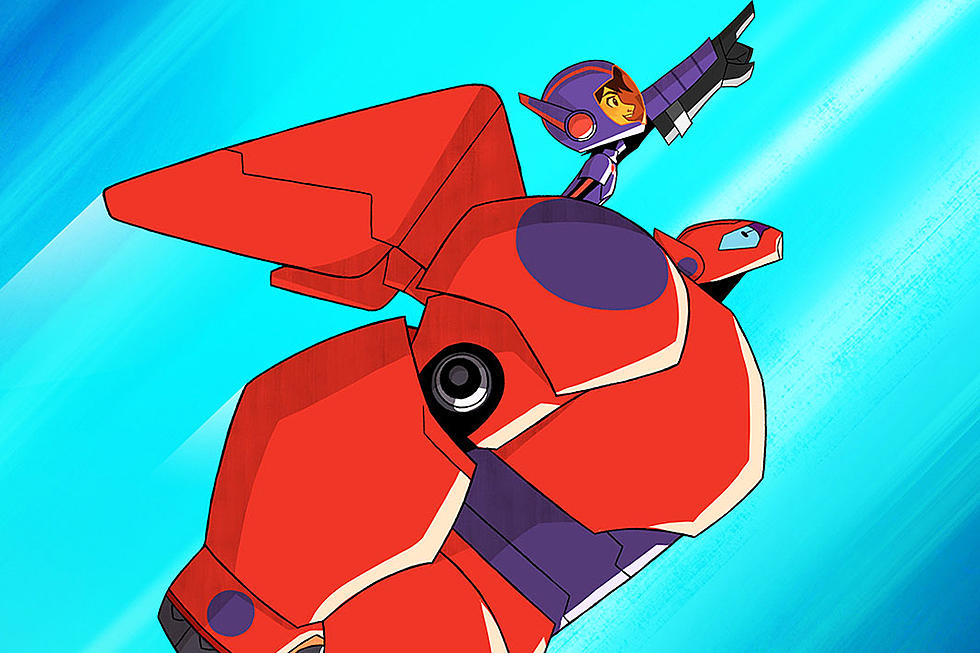
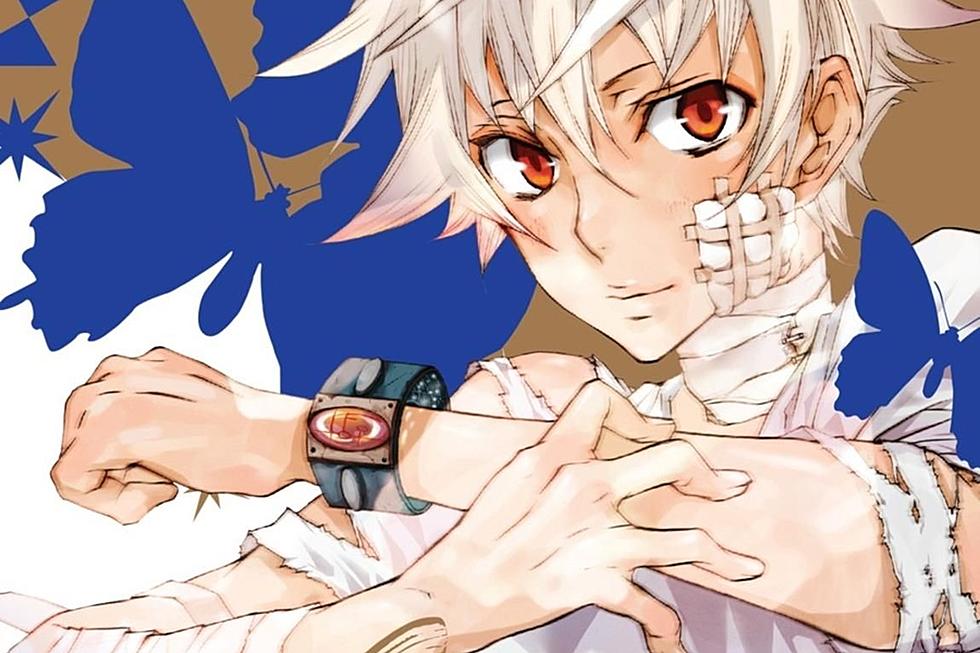

![Screen & Page: Meet Heaven’s Worst Angels In ‘Panty & Stocking With Garterbelt'[Love & Sex Week]](http://townsquare.media/site/622/files/2017/02/ps.jpg?w=980&q=75)
![Unsinkable Ship: All The Girls Love Kitty Pryde (Especially Illyana) [Love & Sex Week]](http://townsquare.media/site/622/files/2017/02/kp_featured.jpg?w=980&q=75)

